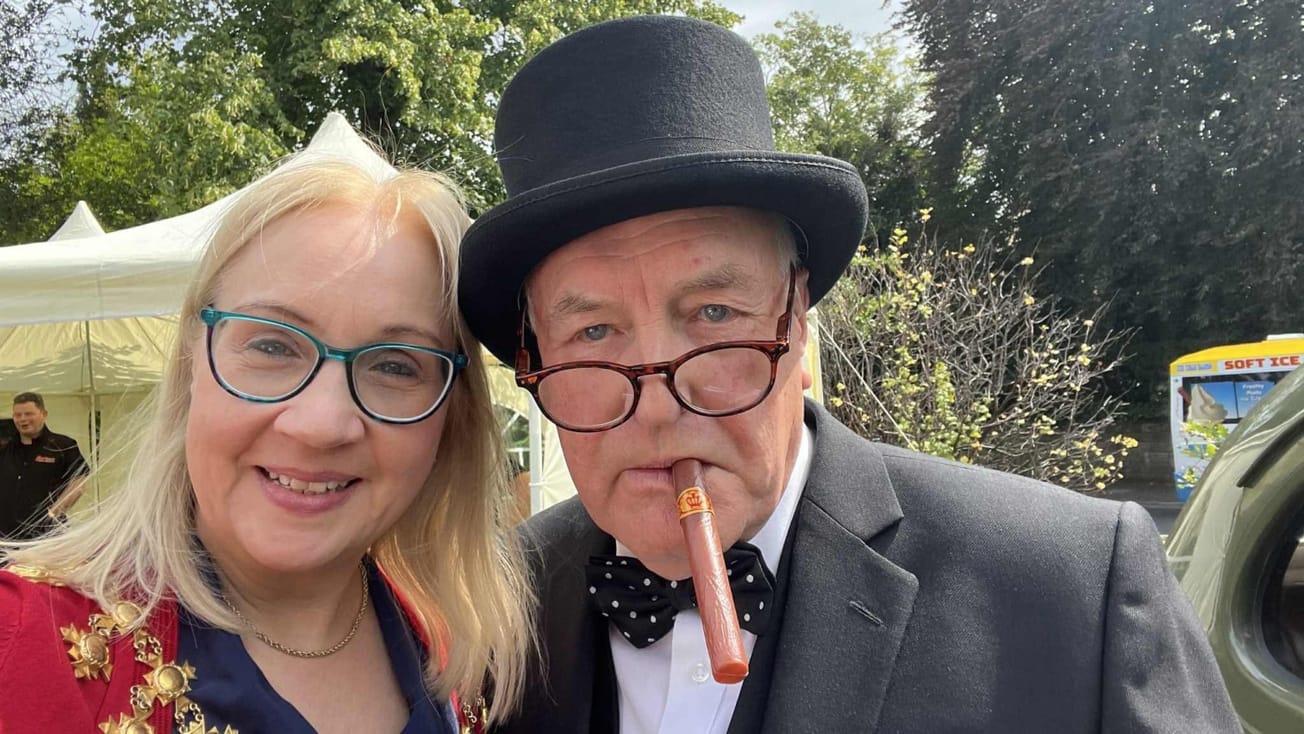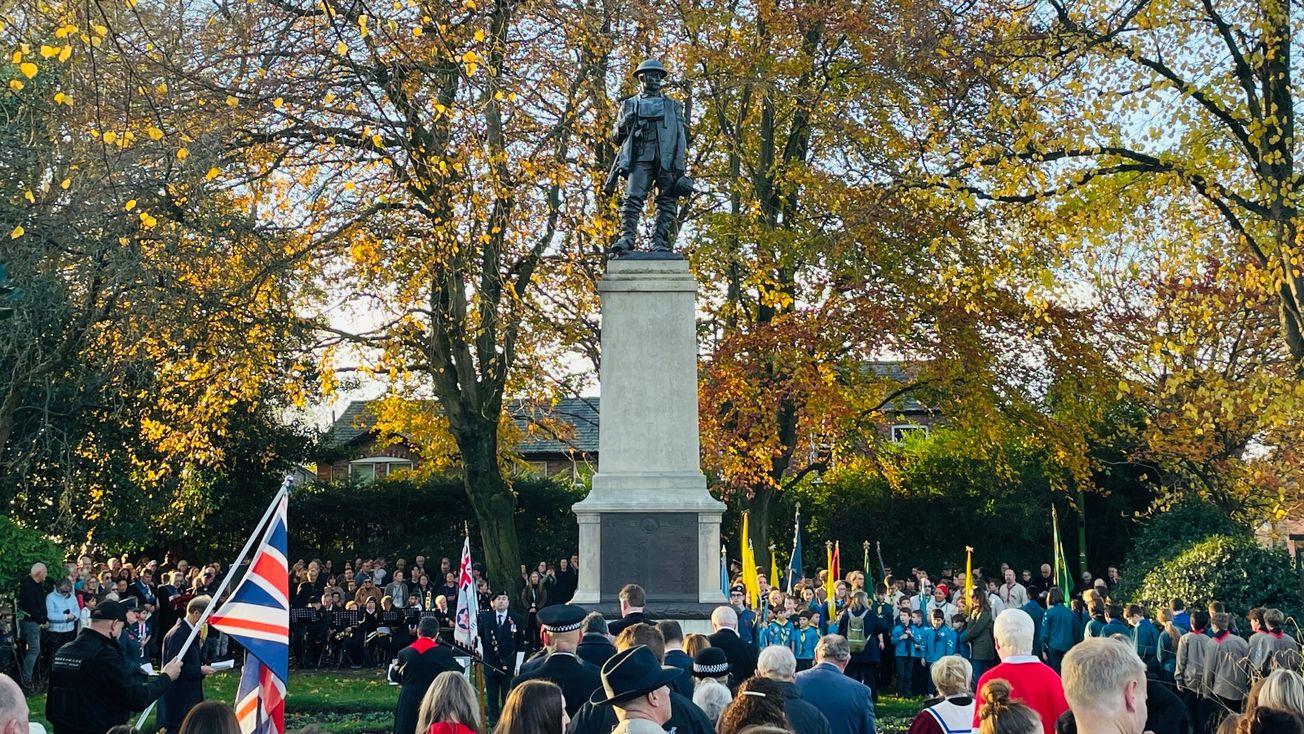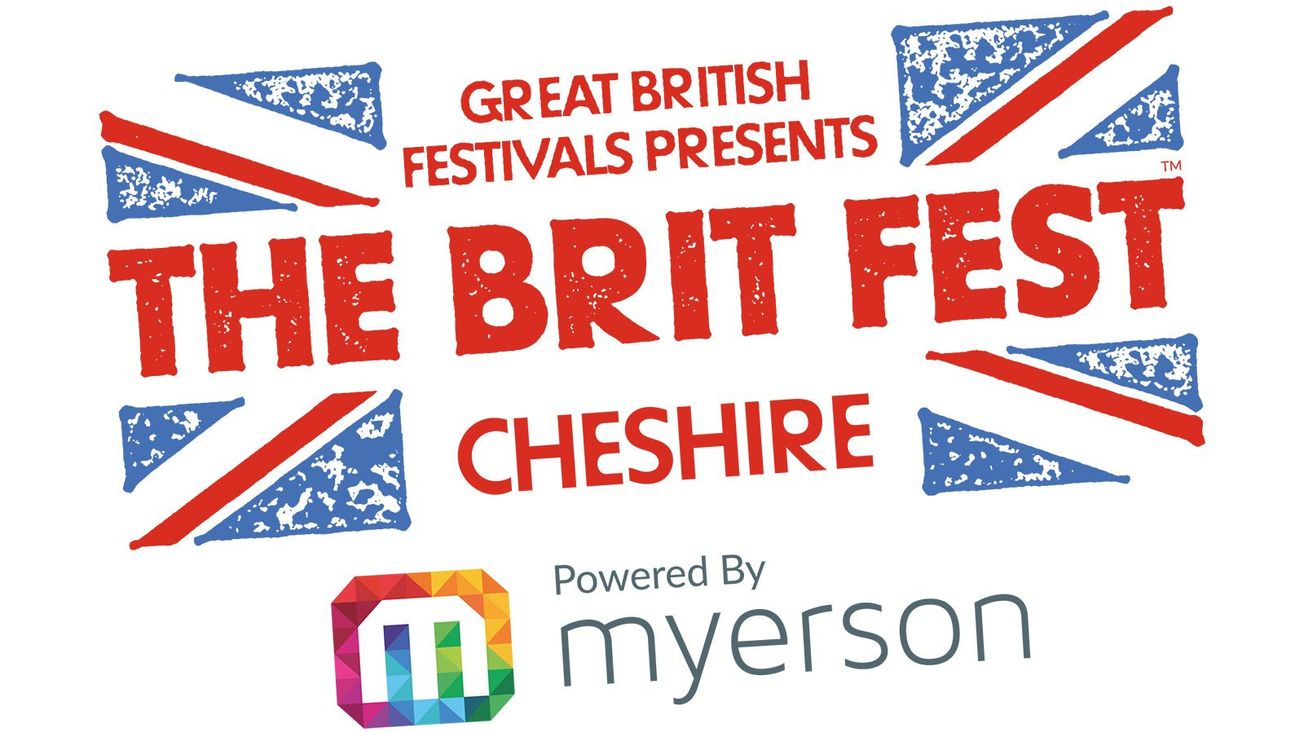Today it’s a paved walkway that leads you down the side of the Phanthong Thai restaurant and onto the tarmac of Regent Road car park.
But 100 years ago, this walkway was the cobbled entrance to Chapel Street, a nondescript cul-de-sac of some 60 Georgian terraced lodging houses, home to around 400 Irish, English, Welsh and Italian lodgers.
This unremarkable terraced street has an assured place in history, however.
By November 1918, some 161 residents of Chapel Street had stepped up to serve their country in the trenches. Of those, 29 would not return while a further 20 would succumb to their injuries soon after returning home. So great was its sacrifice that King George V called Chapel Street the ‘bravest little street in England’.
Here, in an exclusive extract from her new book Chapel Street: ‘The Bravest Little Street in England’, Sheila Brady gives a moving account of the events of April 5th 1919, when a memorial to the Chapel Street dead was dedicated in front of huge crowds in the town centre.
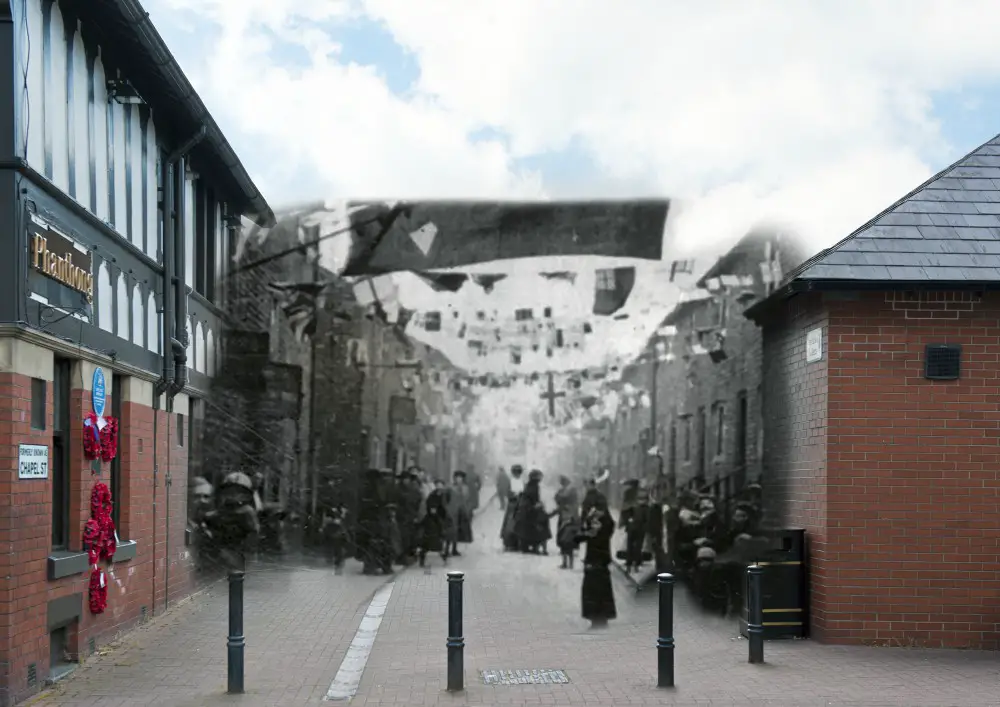
After the war, Chapel Street was a very different community. Some twenty-nine men had died during the conflict with between twenty and thirty more succumbing to injuries within a short time afterwards. The street was filled with widows and fatherless children, and without breadwinners in families, there was much poverty. A memorial plaque resembling a penny coin was issued after the war to the next-of-kin of those who died, they were made of bronze and became known as the ‘Dead Man’s Penny’. But unfortunately, they could not be spent and families had to rely on parish relief from the local churches to help with food parcels, children’s clothing and days out.
On 5 April 1919, Lord Stamford unveiled a commemorative Roll of Honour, and read out a telegram from King George V acknowledging the brave actions of the men of Chapel Street, in their duty to king and country. The Roll of Honour had been willingly subscribed to by the inhabitants of Chapel Street, who were ‘properly proud of the record and fame it had won’. However, there was a remaining outstanding sum of £15 (approximately £5,116 in 2017) needed, and an approach was made on behalf of the appeal fund to the council.
The council, for its part; felt it could not officially recognise the appeal, and it was suggested that personal donations from members could be made to the clerk of the council. One councillor, Mr Barber, was disgusted with this response, especially in light of the great personal sacrifice that had been made and he duly made a handsome personal donation.
The Roll of Honour was designed and executed under the direction of Mr Butler of George Street, who ‘took a great personal interest, and with enthusiasm carried it through with success’. In recognition of the 161 men who volunteered their services for the Great War, the District Council gave permission for the erection of the Roll of Honour on the narrow kerb adjoining the church of All Saints, which stood at the entrance to Chapel Street.
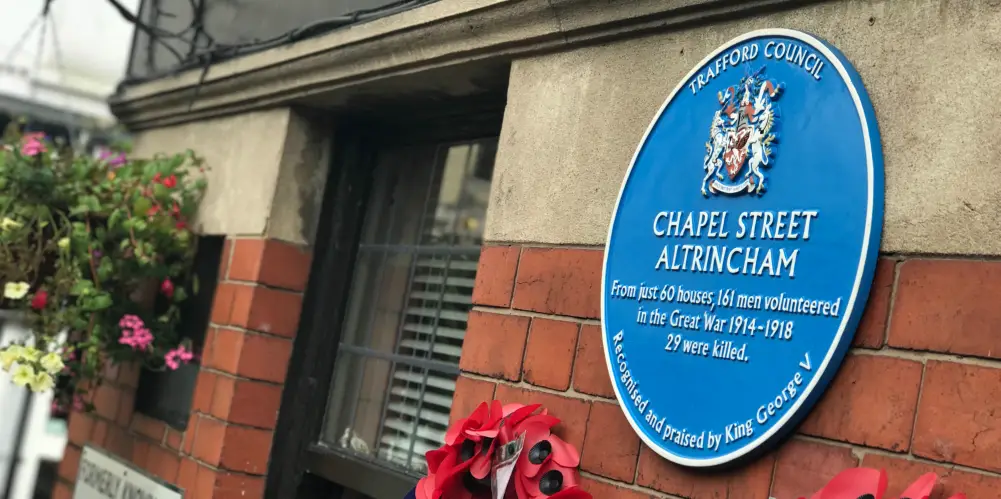
This was accorded as a privilege which is reported at the time as ‘adding a pleasure and satisfaction to the many subscribers to the fund’. Before the unveiling of the Roll of Honour by Lord Stamford, there was a procession through the town made up of the men belonging to Chapel Street, and at least 100 others, who had fought in the war and who put on their khaki and all were wearing their ribbons. (Not all the volunteers of Chapel Street attended the ceremony as many were still serving with the armies in France, Russia, Egypt and India.)
They gathered in the new marketplace, and were paraded by Sergeant-Major Norton, of the Grenadier Guards. Sergeant-Major Norton wore all his medals and decorations, Private Hennerley displayed the Mons Star of 1914, and Private Riley the Military Medal. There were others with South African and Mons ribbons, and there was one, whose name was Corfield, who on completion of his service after eighteen months in the trenches –re-enlisted and went back into the firing line and only received his discharge after the armistice.
There were few without a decoration of some kind or other. And Altrincham looked on at the parade with a genuine feeling of pride. The procession was led by the Altrincham Borough Band over a route that must have measured a couple of miles, and on every side its course was watched with interest and delight. The gallant boys of Chapel-street, 70 strong, followed the band with a sprightly tread; and behind them, bearing them honourable company, were a hundred demobilised men and a Landen with three or four disabled.
Two Colleens lent a merry and picturesque air of colour as they danced to the music of the band. The local paper stated that: On reaching the Town Hall there was there was a short halt to allow the public representatives taking part in the ceremony to join the procession. When the procession got to Chapel Street it was with difficulty that a way could be forced for it through the dense and cheering crowd.

It was managed somehow, mainly through the good offices of the police and the assistance of the sons of Chapel Street, whose sense of order was adequate to the occasion. The street was decorated end to end with flags and bunting. A raised platform had been built in front of the Roll of Honour for the speakers and a big cheer greeted the opening words of the chairman of the District Council when he announced that he had received a message from His Majesty, which he asked the Earl of Stamford to read.
The King’s Message read by the Earl of Stamford:
Buckingham Palace Three o’clock To George F. Turner, Esq., Chairman of the District Council, Town Hall, Altrincham.Your telegram of yesterday was duly submitted to the King, and I am commanded to convey the thanks of his Majesty for the inhabitants of Altrincham for their loyal assurances to which the message gives expression. The King congratulates them, and especially those living in Chapel Street, that out of its 60 houses 161 men served in the war, 30 of whom have made the supreme sacrifice. His Majesty is proud to think that a roll of honour has been subscribed for and will be unveiled to-day as a record of the patriotism and fighting spirit so prominently displayed by the people of Altrincham. – Stamfordham.After the National Anthem had been sung, the chairman of the council introduced the Earl of Stamford, who was dressed in uniform, who stated that he was taking a warm and keen interest in Altrincham. His Lordship assured that any help he could give in the important work that was to be undertaken by the council in the future, he would be only too pleased to offer it (Cheers).
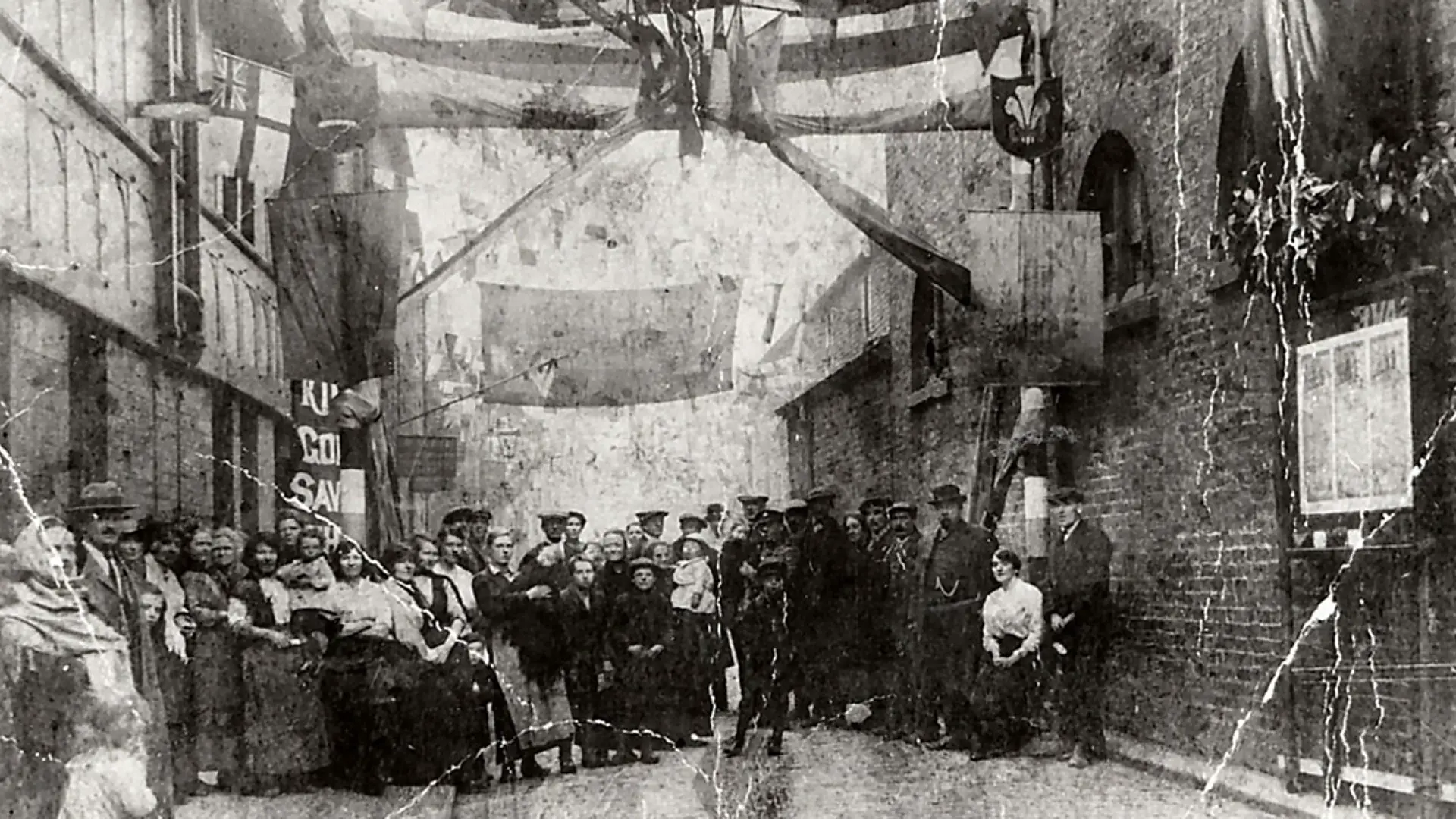
The speech of the Earl of Stamford:
‘A Proud And Triumphant Moment’
Fellow citizens we have met here to-day to pay a tribute to a number of brave men from our town who gave their services in defence of our country during the Great War through which we have passed.And the fact that strikes us all to-day and fills us with admiration is that from this small street of about sixty houses no fewer than 161 men went forth and joined our country’s forces. Their names are inscribed on the roll which I am to have the honour of unveiling in a few moments. It is a glorious and wonderful record (A chorus: ‘We can do it again’).No tribute that we can pay and no appreciation that we can express can, I feel, adequately reflect our feelings of pride and enthusiasm at the honour and distinction which these men have conferred on our town no less than on themselves.It is a proud and triumphant moment for us in Altrincham, and, so, it is a solemn moment. For we know that thirty of these men we shall not have the joy of welcoming back again. They have laid down their lives for their country. They have given, as a great man once expressed it, that last full measure of devotion, they have sacrificed themselves confident in the hope that a new and happier world should emerge from the wreckage of the war. (Cheers.)Let us keep that thought in our minds on this day of sadness and rejoicing. This little ceremony will soon be over; we shall disperse, and go our separate ways, but from now on that roll of honour will deliver its message to you and me and to those who come after us.I conceive it as a clarion call to us to make ourselves the task of seeing that such courage and such devotion to a great cause shall not have been in vain. Each of us according to our individual powers and abilities can take a share in this collective work. Let us then, for unity of heart and mind, for unity of effort and of purpose, for a banishment of unworthy differences that hamper and delay the attainment of an ideal standard of living, a bright and more uplifting social life for the whole of the community.This new and better England that is coming; fashioned and built up by the energy of our minds and hands, shall constitute our testimony of gratitude to the gallant men whom the war has spared to us, shall constitute England’s last memorial to her death-less dead. (Cheers.) I now have the honour to unveil this roll of service.On finishing his speech, Lord Stamford, amid great cheering, unveiled the memorial and the band played ‘In Memoriam’. Lord Stamford was widely hailed for his mastery of public speaking, delivering this, his first public address, at the age of 23. It is worth noting that in January 1919, the Irish Republican Party had formed a breakaway government (Dail Eireann) and declared independence from Britain.
Lord Stamford’s citing of the ‘expressions of a great man’, was in reference to the speech of Abraham Lincoln, and the quotation was from the Gettysburg Address. His Lordship would seem to be drawing a parallel between civil war and unity and the relationships of politics and difference; drawing on the suggestion of the ‘banishment of unworthy differences’.
His Lordship would have been aware that he was addressing a mostly Irish crowd, and sought to instil a new positive purpose and direction for the future, in a collective spirit of shared co-operation for a better England; founded on the common shared experience of the tragedy of the Great War. If a country was worth living in, it was worth fighting for; conversely, if the country was worth fighting for, it should be worth living in.
Many of the Chapel Street men attending the ceremony were Class Z Reserve, which meant that though they were now civilians, they had an obligation to return to service if called upon. It was in force should Germany ignore the conditions of the peace treaty and return to hostilities. It was abolished in March 1920.
Sir Arthur Haworth was called upon to give a speech in which he stated that the record of Chapel Street ‘not only bore favourable comparison with that of any street in the country, but that during the period of voluntary enlistment, which was the most honourable period of all, it led the way above all streets in the country’. This brought great cheers from the assembly. Chapel Street was thus accorded the accolade of ‘The Bravest Little Street in England’.
Chapel Street: The Bravest Little Street in England by Sheila Brady (the History Press) is published on November 20th and is available through Amazon.



